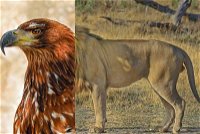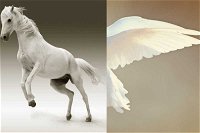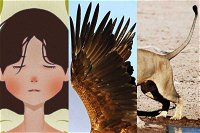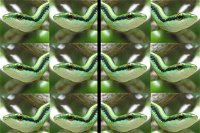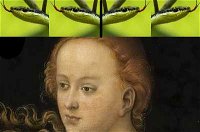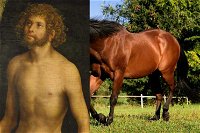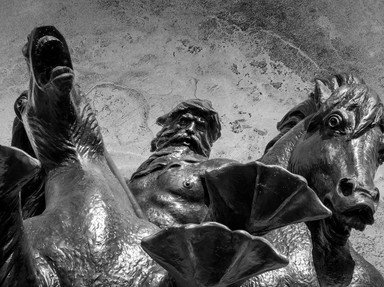
The Sum of Their Parts Trivia Quiz
Greek Mythological Beasts
The ancient Greeks sure loved to smash together the disparate body parts of various creatures to make new ones. Each photo in this quiz contains the various body parts that equate to one of these creatures. (Click the images for a closer look!)
by trident.
Estimated time: 3 mins.

